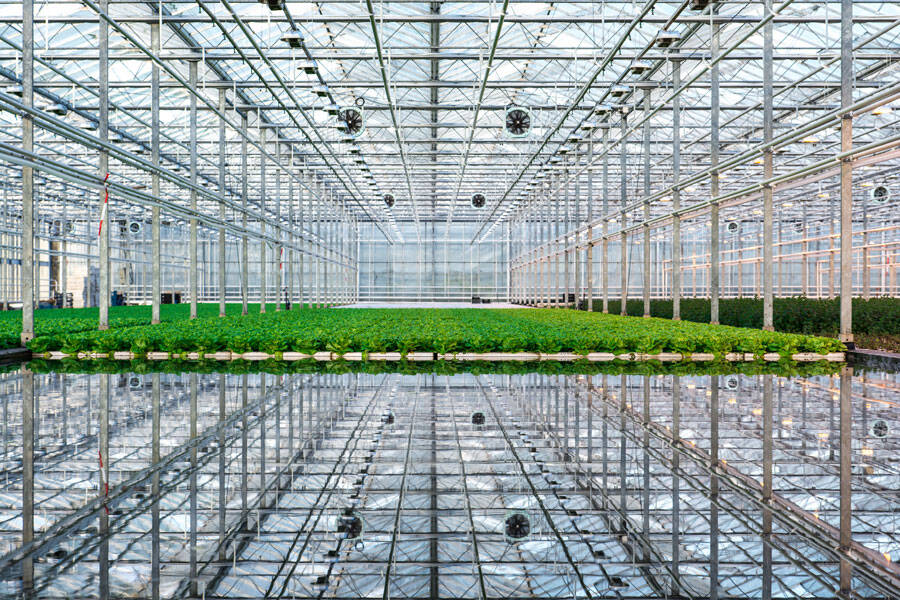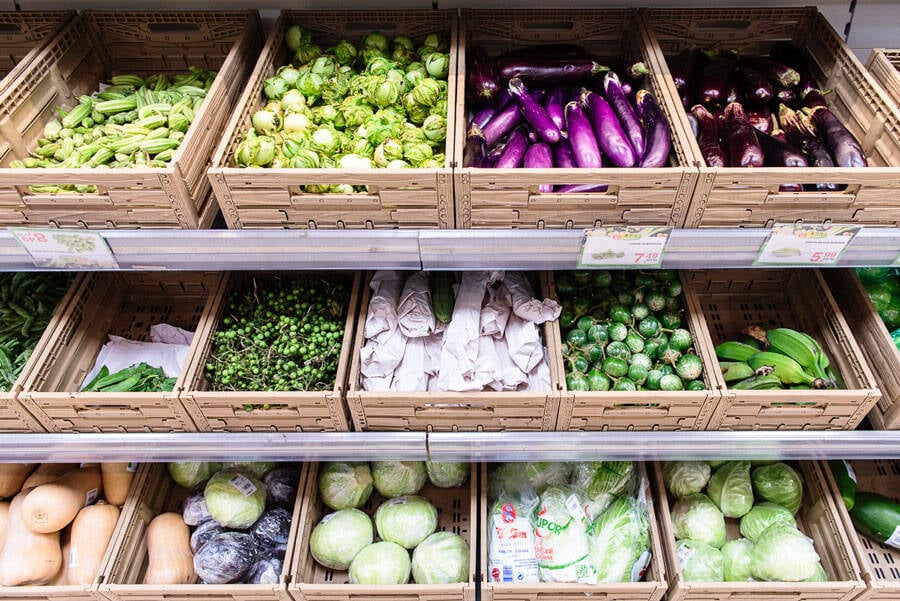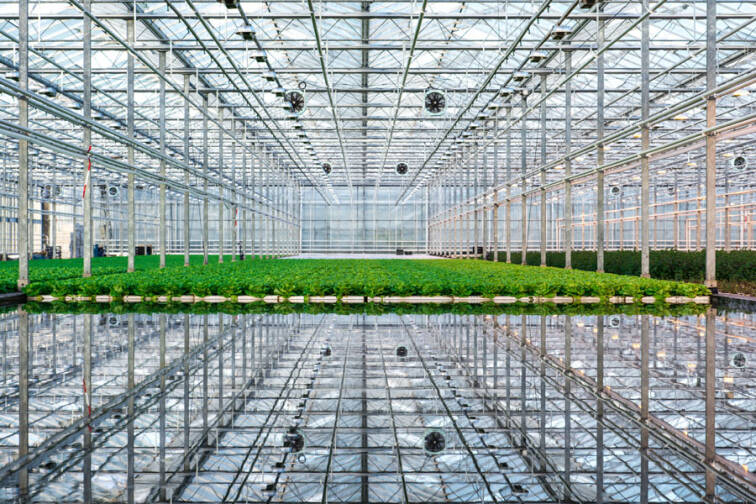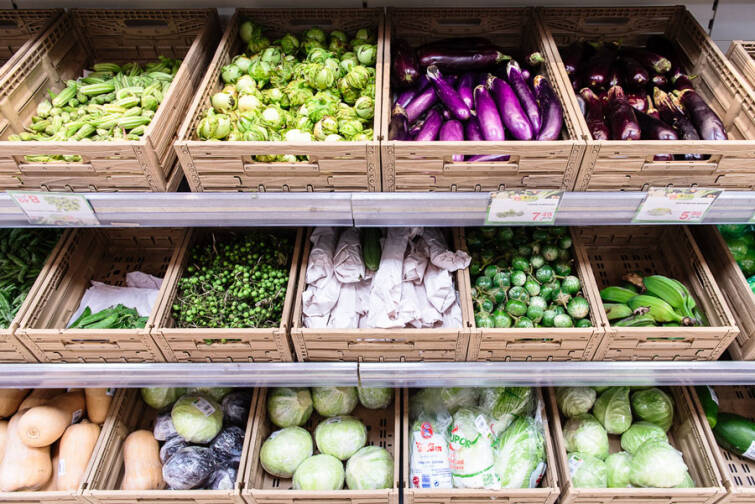Most people agree that the global food system should change and become more sustainable. But there’s a fierce battle going on between ‘technologists’ and ‘ecologists’ about how that change should be manifested. Yet the two are much less distant from each other than one might think. It's time to bury the hatchet.
Without false romance
Collaborations between magicians and prophets also known as between high tech and low tech solutions, take the planetary boundaries as a starting point, but are averse to false romance. Nowadays we’ve reached a level of knowledge in which combinations between various systems have become feasible and profitable. It is time to take these projects seriously and offer them the highest stage, but only innovation projects where magicians and prophets work together. For the ideas of the prophets could sometimes use a more practical and technical wizard's eye. And the optimistic wizard should sometimes be more humble and admire the complexity and dynamics of nature. If both camps open up towards the idea of cooperation and keep their higher purpose in mind, we can truly make change and clear the path to a better and more sustainable food system.
Wizards and Prophets
The debate’s polarization can roughly be traced back to two camps: on one side there’s the wizards and on the other the prophets. These titles were created by the American journalist Charles C. Mann, who wrote a book about the opposite directions in the conversation about the future of our food system. Wizards believe that we can solve problems through smart applications of technology. According to them, the key to sustainability is in our own hands; we'll come up with something. The prophets no longer believe that we can solve (climate) problems with technology alone. They want to go back to more natural systems. ‘Less’ and ‘more diverse’ are their keywords.
But do the solutions for a truly sustainable food system lie strictly in just one camp? Could it not be possible to build a bridge between two worlds? A collaboration based on common values, a story that integrates facts, culture and emotion. Not just a random mishmash of the two contradictory stories, but a new beckoning perspective for (almost) everyone.
There are a number of great examples of projects worldwide, where magicians and prophets work together. For example, in the Netherlands at the 'Boerderij van de Toekomst' (Farm of the Future), there are many experiments with so-called 'strip cultivation': instead of planting crops in monocultures, thin strips of different plants are placed next to each other. By doing so, diseases can spread less easily and insects – natural pest control agents – have more shelter and living space. Strip cultivation follows the principles of agro-ecology, but at the same time uses state of the art technology such as drones and satellite-controlled agricultural machines. Another example of a successful combination of high tech and low tech agriculture can be found in the United States where people are working on the reintroduction of chestnut forestry. For thousands of years – Charles C. Mann writes in a recent essay – Chestnuts, ground into flour, were the primary food source of traditional American people. Chestnuts are ideal for agroforestry and it’s flour is a highly nutritious ingredient to use in products made for the food industry.
If you really care about the future of our planet, you should eat food that’s organic, in season and produced locally by small-scale farmers. You should connect with your food again, eat pure products without artificial additives, and by watching Netflix learn from top chefs like René Redzepi (Noma**, Copenhagen) and Dan Barber (Blue Hill*, New York) who forage food from their food forest. Right?
Nonsense! We can never feed the world's entire population with just organic agriculture. Far too much land is needed to achieve the same yields from organic farming as from conventional farming. Using even more land for agriculture is at the expense of nature and biodiversity. We should focus on genetic modification and step up the intensification of food production. Anyone who follows the debate about the future of our food system even in the slightest, is acquainted with this (often fierce) discussion. The debate on food is highly polarized. As a result, important decisions to initiate actual change aren’t being made.
© Elizabeth Lanz

Joris Lohman & Hidde Boersma Xiao Er Kong
© Elizabeth Lanz

On the importance of high and low tech innovators working together
When wizards meet prophets

TRENDWATCH
3 min
when wizards meet prophets



Without false romance
Collaborations between magicians and prophets also known as between high tech and low tech solutions, take the planetary boundaries as a starting point, but are averse to false romance. Nowadays we’ve reached a level of knowledge in which combinations between various systems have become feasible and profitable. It is time to take these projects seriously and offer them the highest stage, but only innovation projects where magicians and prophets work together. For the ideas of the prophets could sometimes use a more practical and technical wizard's eye. And the optimistic wizard should sometimes be more humble and admire the complexity and dynamics of nature. If both camps open up towards the idea of cooperation and keep their higher purpose in mind, we can truly make change and clear the path to a better and more sustainable food system.
© Elizabeth Lanz

Wizards and Prophets
The debate’s polarization can roughly be traced back to two camps: on one side there’s the wizards and on the other the prophets. These titles were created by the American journalist Charles C. Mann, who wrote a book about the opposite directions in the conversation about the future of our food system. Wizards believe that we can solve problems through smart applications of technology. According to them, the key to sustainability is in our own hands; we'll come up with something. The prophets no longer believe that we can solve (climate) problems with technology alone. They want to go back to more natural systems. ‘Less’ and ‘more diverse’ are their keywords.
But do the solutions for a truly sustainable food system lie strictly in just one camp? Could it not be possible to build a bridge between two worlds? A collaboration based on common values, a story that integrates facts, culture and emotion. Not just a random mishmash of the two contradictory stories, but a new beckoning perspective for (almost) everyone.
There are a number of great examples of projects worldwide, where magicians and prophets work together. For example, in the Netherlands at the 'Boerderij van de Toekomst' (Farm of the Future), there are many experiments with so-called 'strip cultivation': instead of planting crops in monocultures, thin strips of different plants are placed next to each other. By doing so, diseases can spread less easily and insects – natural pest control agents – have more shelter and living space. Strip cultivation follows the principles of agro-ecology, but at the same time uses state of the art technology such as drones and satellite-controlled agricultural machines. Another example of a successful combination of high tech and low tech agriculture can be found in the United States where people are working on the reintroduction of chestnut forestry. For thousands of years – Charles C. Mann writes in a recent essay – Chestnuts, ground into flour, were the primary food source of traditional American people. Chestnuts are ideal for agroforestry and it’s flour is a highly nutritious ingredient to use in products made for the food industry.
© Elizabeth Lanz

If you really care about the future of our planet, you should eat food that’s organic, in season and produced locally by small-scale farmers. You should connect with your food again, eat pure products without artificial additives, and by watching Netflix learn from top chefs like René Redzepi (Noma**, Copenhagen) and Dan Barber (Blue Hill*, New York) who forage food from their food forest. Right?
Nonsense! We can never feed the world's entire population with just organic agriculture. Far too much land is needed to achieve the same yields from organic farming as from conventional farming. Using even more land for agriculture is at the expense of nature and biodiversity. We should focus on genetic modification and step up the intensification of food production. Anyone who follows the debate about the future of our food system even in the slightest, is acquainted with this (often fierce) discussion. The debate on food is highly polarized. As a result, important decisions to initiate actual change aren’t being made.
Joris Lohman & Hidde Boersma Xiao Er Kong
Most people agree that the global food system should change and become more sustainable. But there’s a fierce battle going on between ‘technologists’ and ‘ecologists’ about how that change should be manifested. Yet the two are much less distant from each other than one might think. It's time to bury the hatchet.
On the importance of high and low tech innovators working together
When wizards meet prophets

3 min














